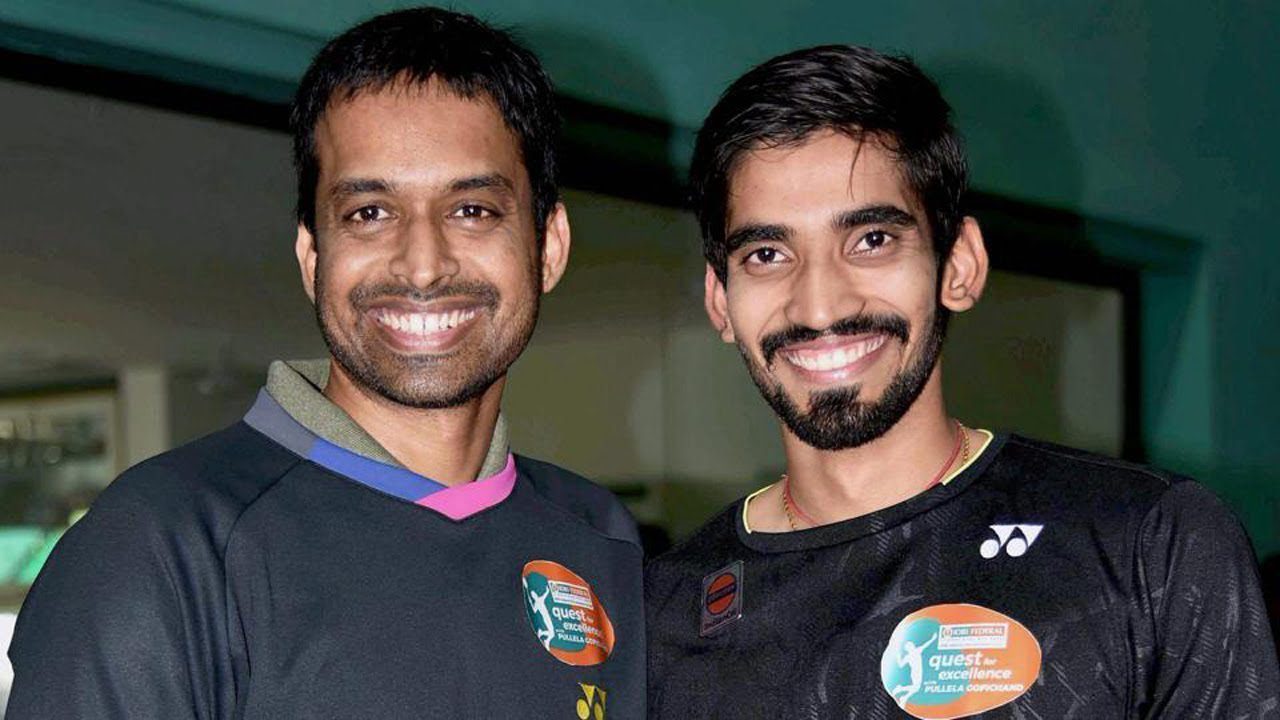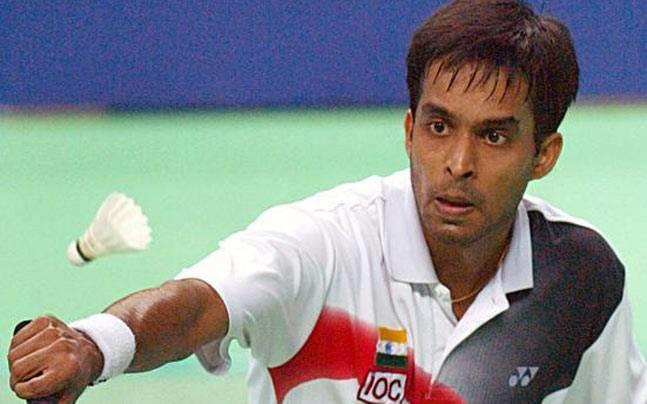(Vikram Sharma, May 19) From a 10-year-old, who would walk several miles to receive badminton training in his hometown in erstwhile Andhra Pradesh to becoming one of the top names in the world of badminton, the journey of Pullela Gopichand has been incredible. Soft-spoken and gentle, spotting talent comes naturally to this 47-year-old, who has given India some of the best badminton players ever. Throughout his phenomenal journey, which took him to almost every corner of the world, he remained on top of his game — both on and off the court.

But Gopichand’s feet are firmly on the ground, which becomes evident when he says that people who stuck to their roots and grew in their respective fields went on to show what India is to the world. Gopi sir, as he is fondly known, says he takes pride in being Indian, being a Telugu and a Hyderabadi.
“The entire journey has been full of challenges, pride and a sense of responsibility. A lot of things I have done on this journey were not about what I wanted to do, but it needed to be done. From 1991, when I first played my first international badminton to 2004 when I started coaching till now, these 30 years of my journey have been huge,” smiles Gopichand in an exclusive chat with the Global Indian.
His sheer determination and hard work saw him become the captain of a combined Indian universities team in 1990-91. He clinched gold in the SAARC badminton championship in 1996 and went on to defend the crown in the next games held in Colombo. At the international level, he represented India in Thomas Cup tournaments thrice. “Looking back at the badminton journey, I think we have shown what is possible. We have demonstrated that if we do well, we can do the best in the biggest tournaments despite stiff competition,” says Gopichand.
 Born in a middle–class family in 1973, a young Gopichand was interested in cricket while his parents were keen he pursued engineering. But it was his brother who introduced him to badminton. Soon, the passion for the game kicked in and he rose through the ranks. “As a player, it was all about being the best today, giving it all you had. Every time I moved up, I could see the next ladder and figured out a plan to achieve the target. As a coach, it was to prove we as Indians can do it,” he says. The ace shuttler–turned–mentor says there needs to be involvement in what you do, love and risk–taking ability. “There will be a lot of ups and downs but you need to maneuver your way out. Be tough at heart and keep pushing,” advises the father of two.
Born in a middle–class family in 1973, a young Gopichand was interested in cricket while his parents were keen he pursued engineering. But it was his brother who introduced him to badminton. Soon, the passion for the game kicked in and he rose through the ranks. “As a player, it was all about being the best today, giving it all you had. Every time I moved up, I could see the next ladder and figured out a plan to achieve the target. As a coach, it was to prove we as Indians can do it,” he says. The ace shuttler–turned–mentor says there needs to be involvement in what you do, love and risk–taking ability. “There will be a lot of ups and downs but you need to maneuver your way out. Be tough at heart and keep pushing,” advises the father of two.
Coach Gopichand took a host of young players under his tutelage and crafted them into world-beaters, from Saina Nehwal and K Srikanth to PV Sindhu. He turned Hyderabad into India’s badminton training hub and his early morning training route for proteges is well documented. Crucially, he has changed a country’s outlook towards a sport where the great wall of China has for long looked insurmountable.
Ask him if he considers himself a Global Indian, pat comes the Padma Shri awardee’s reply: “I consider myself as somebody who has his roots in the Indian system. That we are from a country which is endowed with such great history and culture is amazing. If you have strong roots, then you can be comfortable wherever you are. If that means you are a Global Indian, so be it.”
Gopichand considers people like Swami Vivekanand, Sundar Pichai, NR Narayana Murthy and Sadhguru, among others, as true Global Indians. “They are huge motivators. These are the people who stuck to their roots and showed what India is to the world,” he says.
On his multiple trips abroad, Pullela Gopichand often carries the autobiography of Yogi and MS Subbulakshmi’s Vishnu Sahasranamam which help him deal with problems coming his way. The ‘Dronacharya‘ of Indian badminton recalls some of his not-so-pleasant experiences abroad. “When our contingent went to China or Europe for tournaments, the locals there would start giggling the moment they looked at us. I think their perception and knowledge of India was very limited 20-30 years ago. But now, we have a stature in the world in various fields and people abroad recognise India’s innate qualities, culture and history more than ever before,” Gopichand says of Brand India’s rising equity.
He feels that a lot more needs to be done for badminton in the country. “To convince people to invest in the sport, make them believe that we can be world-beaters is a challenge. Players have huge potential but after reaching a certain level, many of them did not grow to match their full potential,” says Pullela Gopichand.
Discover more fascinating Stories

